3 Chimney Repairs ‘To Do’s’ this Summer

It is exciting that warm weather is on the way. I know that it’s not likely you’ll be thinking about turning on your fireplace. But it is the time to be thinking about getting it checked and get any type of repairs done now so you can enjoy it when the weather cools off.
Here are the top 3 chimney repairs to make this summer:
Repair #1: Chimney Cap
The chimney cap is a critical component to the chimney. It protects from debris, animals, water, snow, and wind from entering the chimney – Every chimney needs a chimney cap for the same reasons every home needs a roof! There’s another benefit many don’t consider…
If you have a woodburning fireplace, sparks can go up the chimney flue and reach the outside causing a potential fire on the roof or any dry debris such as leaves and grass. The chimney cap also has spark inhibiting components that prevent the sparks from exiting the chimney cap.
Repair #2 Masonry
Mortar is the filling in between the bricks or stone in your chimney. Masonry or tuckpointing is the repair made by a masonry professional in order to build or fix the deterioration or missing mortar in between the bricks or stone.
In a repair situation, not all mortar will be replaced. As a result, Superior Chimney works to match the color of the existing mortar so it all looks clean and uniform.
It’s best to have the chimney inspected each year as the chimney is exposed to the weather elements on all four sides. If a homeowner waits too long to have repairs done on the masonry, it can lead to the need for a full rebuild of the chimney.
Repair #3 Chimney Liner
The chimney liner is a very important part of your chimney system. The chimney liner directs all smoke and gasses out from the home. If cracks appear in the chimney flue, this can be a safety hazard as fires can easily ignite adjacent home construction materials. Some older homes were built without chimney liners. We highly recommend getting a chimney liner installed, as required by code, by a certified chimney technician from Superior Chimney. Now that you have your chimney repair to do list, let’s get started by scheduling a chimney sweep. This will include a 14 point inspection with pictures (ever wonder what it looks like up there?). Now you’ll know the condition of your chimney cap, masonry and chimney liner. If repairs need to be made, you can get that done now over the summer so that when cool weather returns (sorry), you’ll be ready to fire up the fireplace.
This post first appeared on https://www.superiorchimney.net
 What your chimney damper does
What your chimney damper does
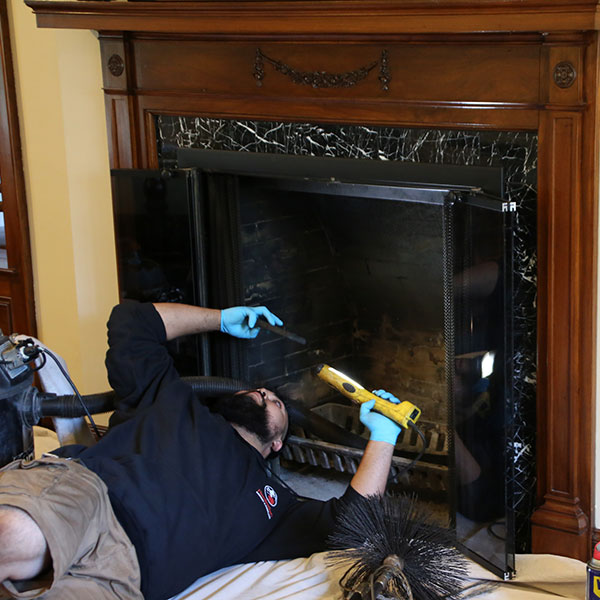 Buildup in the flue
Buildup in the flue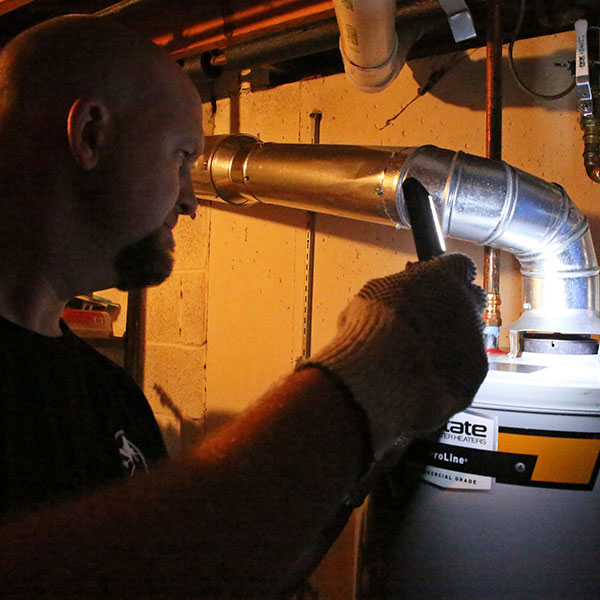 Maintaining a dedicated furnace or boiler vent system
Maintaining a dedicated furnace or boiler vent system
 Is The Chimney Damper Open Or Closed?
Is The Chimney Damper Open Or Closed?

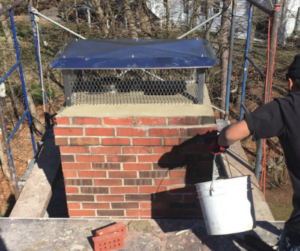 Birds and squirrels typically choose the open space in your chimney flue to create their nests. They are often drawn to the warmth from your fireplace during the winter months and then continue their stay year-round. Not only is the sound of animals nesting in your chimney unnerving, but nests in your chimney can also cause your chimney to be obstructed. Obstructions can block smoke and gas from exiting your chimney which can cause soot damage and lead to carbon monoxide poisoning. Check out our blog on
Birds and squirrels typically choose the open space in your chimney flue to create their nests. They are often drawn to the warmth from your fireplace during the winter months and then continue their stay year-round. Not only is the sound of animals nesting in your chimney unnerving, but nests in your chimney can also cause your chimney to be obstructed. Obstructions can block smoke and gas from exiting your chimney which can cause soot damage and lead to carbon monoxide poisoning. Check out our blog on 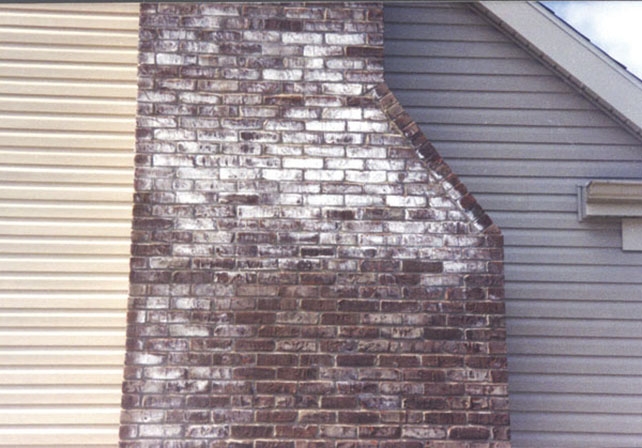


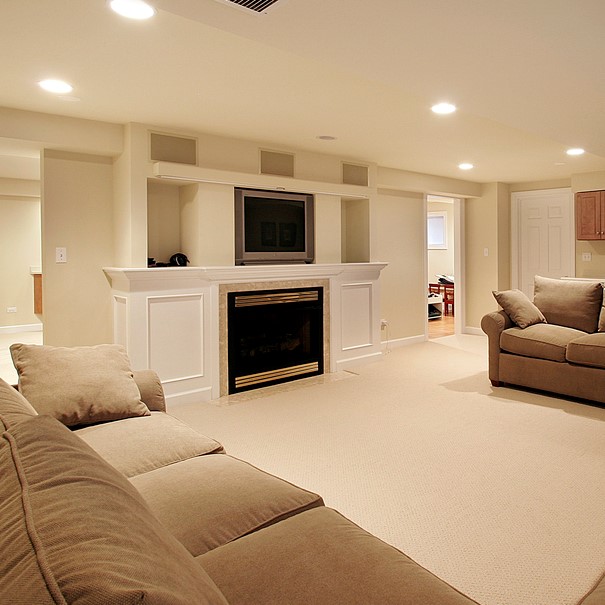 Many homeowners mistakenly believe that you don’t need to clean the chimney if you’re not using the fireplace. However, that is not the case. Even if you’re not using the fireplace, you still need annual chimney inspections and periodic cleaning. That’s because cracks in the chimney cap, masonry, and other components will expose it to moisture that can affect its structural integrity, eventually leading to extensive repairs. Also, small animals, pests, dust, and debris can accumulate in the chimney. The damp and humid conditions and decaying organic matter can create conditions for mold and bacteria to grow. It can give your house a foul odor, attract rodents, and even cause health issues in some individuals, especially those with allergies, asthma, or respiratory conditions.
Many homeowners mistakenly believe that you don’t need to clean the chimney if you’re not using the fireplace. However, that is not the case. Even if you’re not using the fireplace, you still need annual chimney inspections and periodic cleaning. That’s because cracks in the chimney cap, masonry, and other components will expose it to moisture that can affect its structural integrity, eventually leading to extensive repairs. Also, small animals, pests, dust, and debris can accumulate in the chimney. The damp and humid conditions and decaying organic matter can create conditions for mold and bacteria to grow. It can give your house a foul odor, attract rodents, and even cause health issues in some individuals, especially those with allergies, asthma, or respiratory conditions.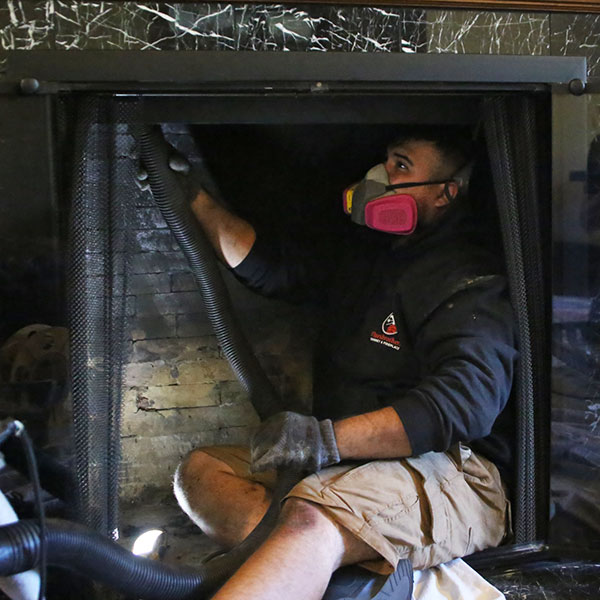 It’s easy to clean the chimney yourself.
It’s easy to clean the chimney yourself.